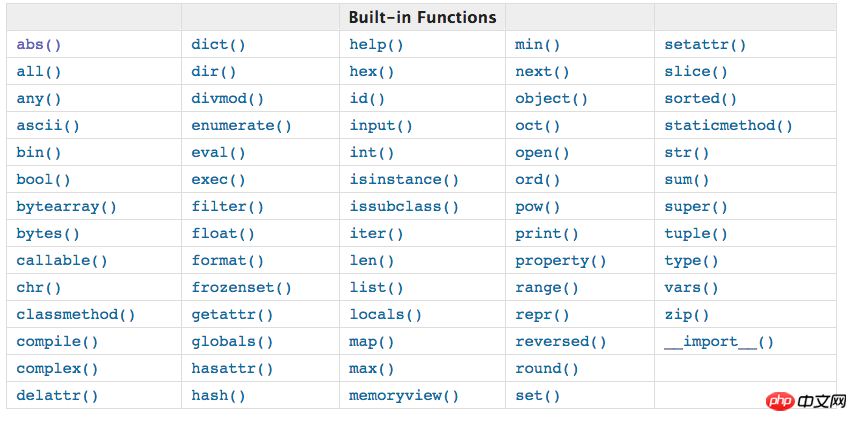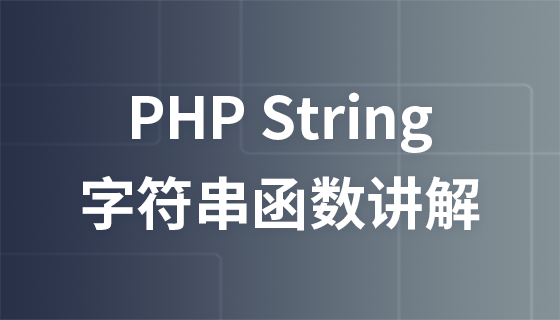
详细信息
2.1 abs(x)
返回绝对值
>>> abs(-5) 5
2.2 all(iterable)
如果这个可迭代的元素都为真,就返回true。非0就为真,负数也为真,空也为真
>>> all([-1,2,3,4,5]) True >>> all((-1,2,3,4)) True >>> all([]) True >>> all([-1,0,2,3,4]) False
2.3 any(iterable)
可迭代的元素中,有一个为真,则返回真,空列表返回假。
>>> any([-1,0,1,2,3]) True >>> any([]) False >>> any([0]) False >>> any([1]) True
2.4 ascii(object)
把内存对象变成一个可打印的字符串格式
>>> ascii([1,2,3,4]) '[1, 2, 3, 4]'
2.5 bin(x)
把一个整数转换为二进制数
>>> bin(11111) '0b10101101100111' >>> bin(-1223) '-0b10011000111' >>> bin(1.2) Traceback (most recent call last): File "<stdin>", line 1, in <module> TypeError: 'float' object cannot be interpreted as an integer
2.6 boll([X])
不为空则为真,反之为假;判断正确为真,错误为假
>>> bool([1,2,3,4])
True
>>> bool([])
False
>>> bool("1")
True
>>> bool("sfasfsa")
True
>>> bool("")
False
>>> bool(-1)
True
>>> bool(0)
False
>>> bool()
False
>>> bool({})
False
>>> bool({"sdf":1})
True
>>> bool(())
False
>>> bool((1,2))
True
>>> bool(3>5)
False
>>> bool(3<5)
True
2.7 bytearray([source[,encoding[,errors]]])
字节数组,并且可以修改二进制的字节
>>> b=bytearray("abcd",encoding="utf-8")
>>> b[0] # 打印第一个元素的ascii值
97
>>> b[0]=100 # 修改第一个元素的ascii值,赋值只能是ascii值
>>> b
bytearray(b'dbcd')
2.8 bytes([source[, encoding[, errors]]])
字符串转换成字节
>>> b=bytes("abcd",encoding="utf-8")
>>> b
b'abcd'
>>> b[0]
97
>>> b[0]=100
Traceback (most recent call last):
File "<stdin>", line 1, in <module>
TypeError: 'bytes' object does not support item assignment
2.9 callable(object)
判断一个对象是否可以被调用,只有在后面有括号的,表示可以调用,比如:函数、类
>>> callable([]) False >>> def bus():pass ... >>> callable(bus) True
2.10 chr(i)
通过ascii的值,找到对应的字符
>>> chr(99) 'c'
2.11 ord(c)
根据字符,找到对应的ascii值
>>> ord("c")
99
2.12 dict(**kwarg)、dict(mapping,**kwarg)、dict(iterable, **kwarg)
生成一个字典
#传入非固定关键字参数
>>> dict(name="bigberg",age=22)
{'name': 'bigberg', 'age': 22}
# 传入列表
>>> s_list=[("name","bigberg"),("age",22)]
>>> dict(s_list)
{'name': 'bigberg', 'age': 22}
>>> n_list=[['names',['zhangsan','lisi','wangwu']],['job',['doctor','teacher','police']]]
>>> dict(n_list)
{'names': ['zhangsan', 'lisi', 'wangwu'], 'job': ['doctor', 'teacher', 'police']}
2.13 dir(object)
查看方法
dir(list): 查看列表的方法
dir(dict): 查看字典的方法
2.14 divmod(a,b)
地板除,获得一个元组,元组第一个元素是商,第二个元素是余数。
>>> divmod(14,3) (4, 2)
2.15 enumerate(iterable,start=0)
获取一个列表,列表中的每个元素都是一个元组,元组的第一个数是iterable的索引,第二个数是iterable的元素。
fruits = ['apple', 'orange', 'banana'] print(list(enumerate(fruits))) #输出 [(0, 'apple'), (1, 'orange'), (2, 'banana')]
2.16 eval(expression, globals=None, locals=None)
把字典类型的字符串变成字典,把一个整数类型的字符变成int类型,或者加减乘除这种简单转换成表达式。
>>> s = "5+989" >>> eval(s) 994
以上就是内置函数的表格与详情的详细内容,更多请关注php中文网其它相关文章!

每个人都需要一台速度更快、更稳定的 PC。随着时间的推移,垃圾文件、旧注册表数据和不必要的后台进程会占用资源并降低性能。幸运的是,许多工具可以让 Windows 保持平稳运行。




Copyright 2014-2025 https://www.php.cn/ All Rights Reserved | php.cn | 湘ICP备2023035733号